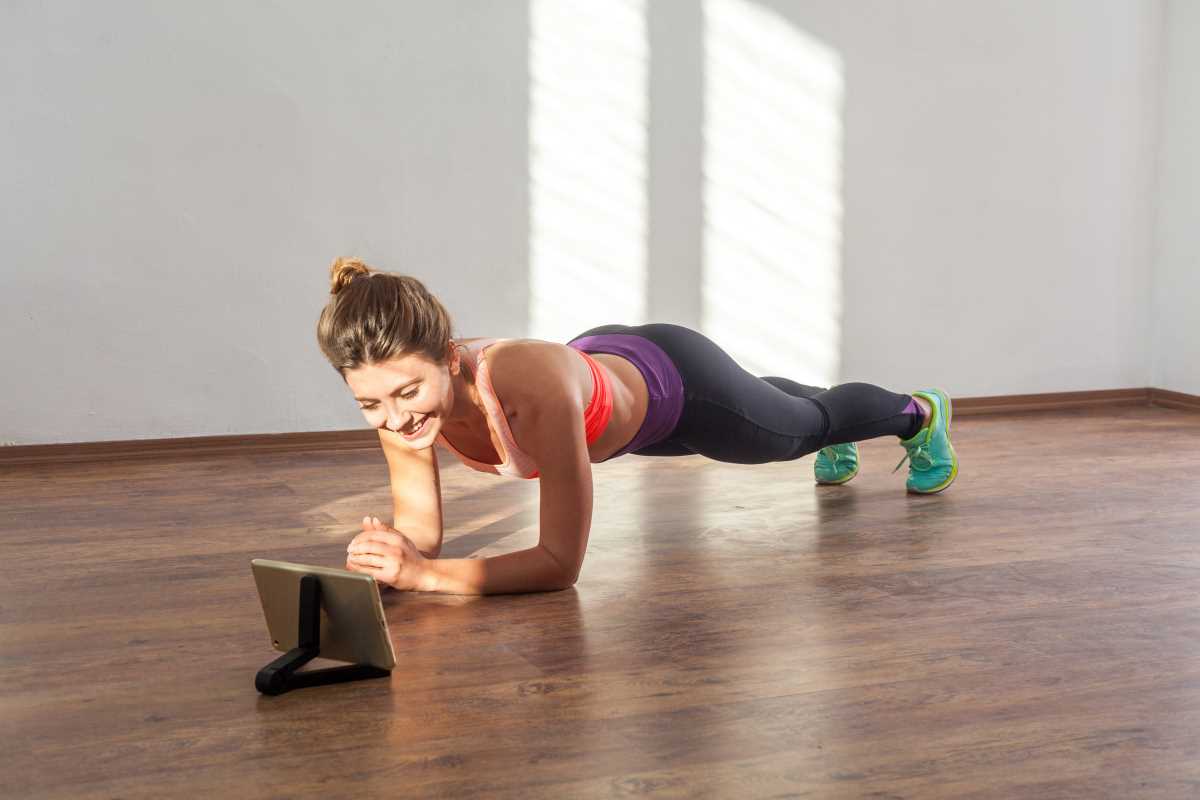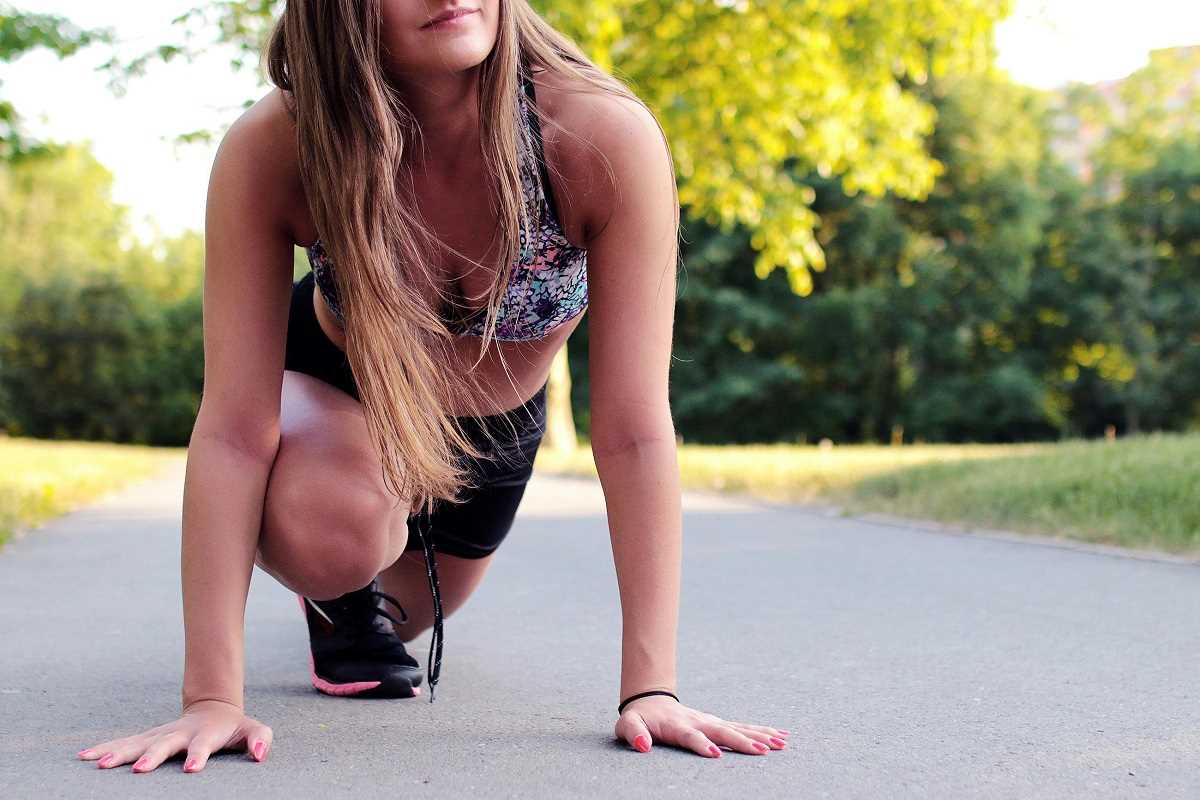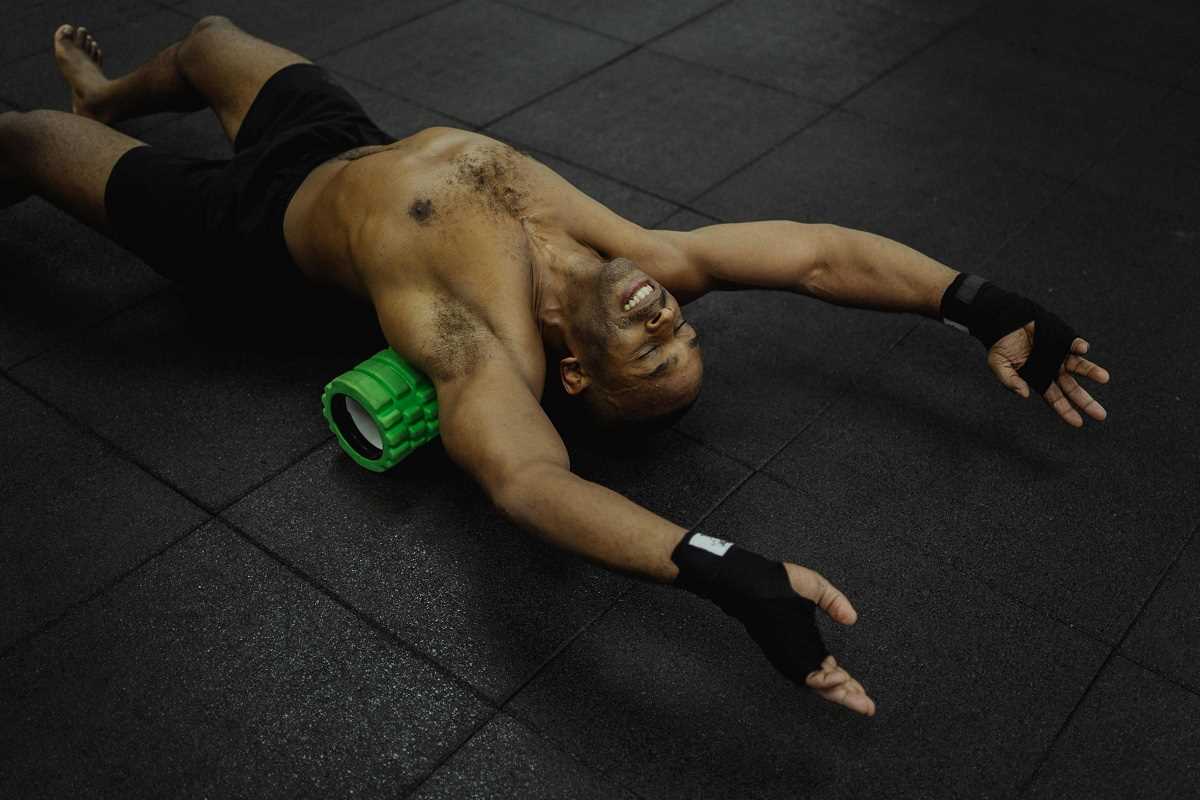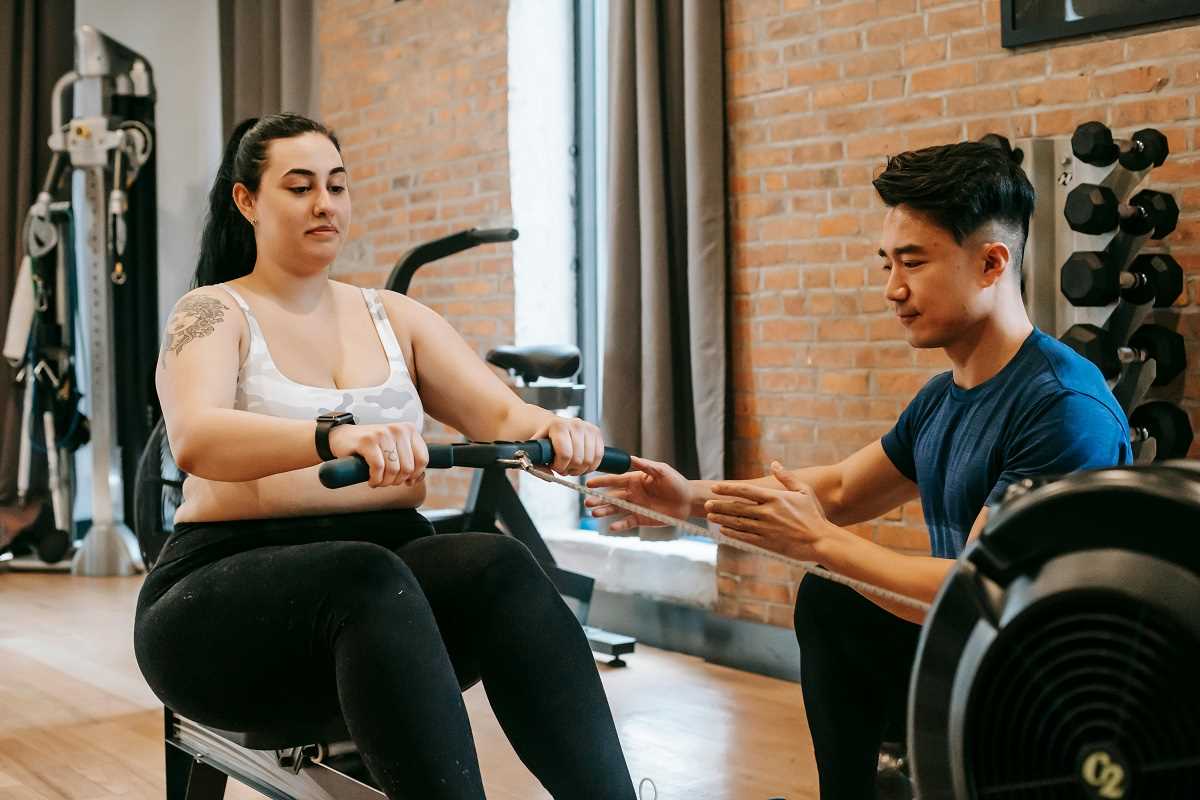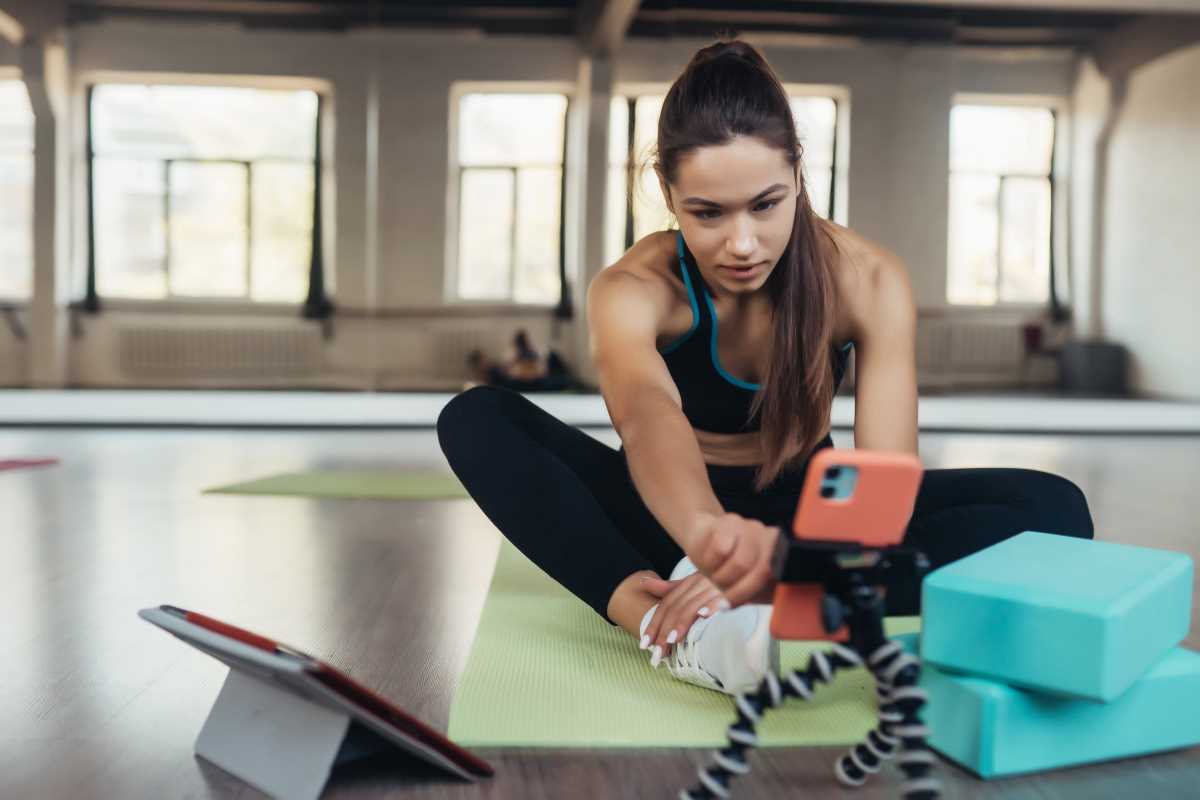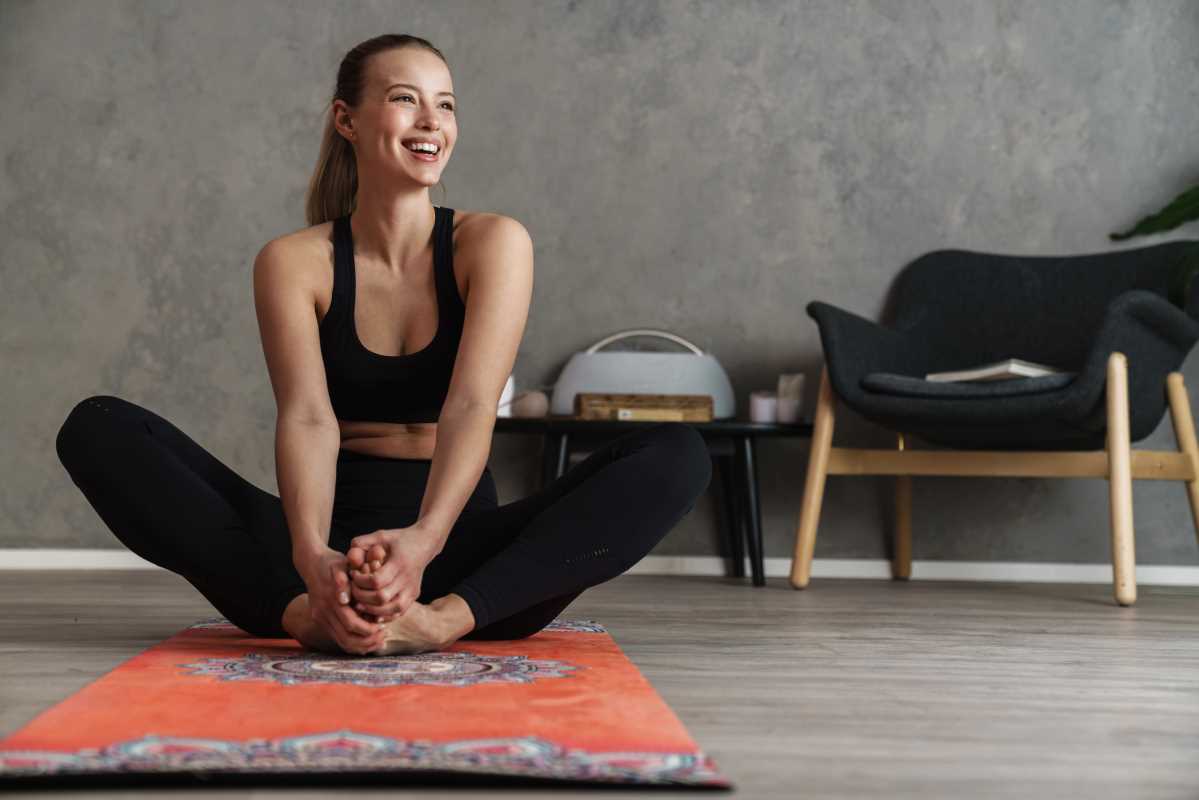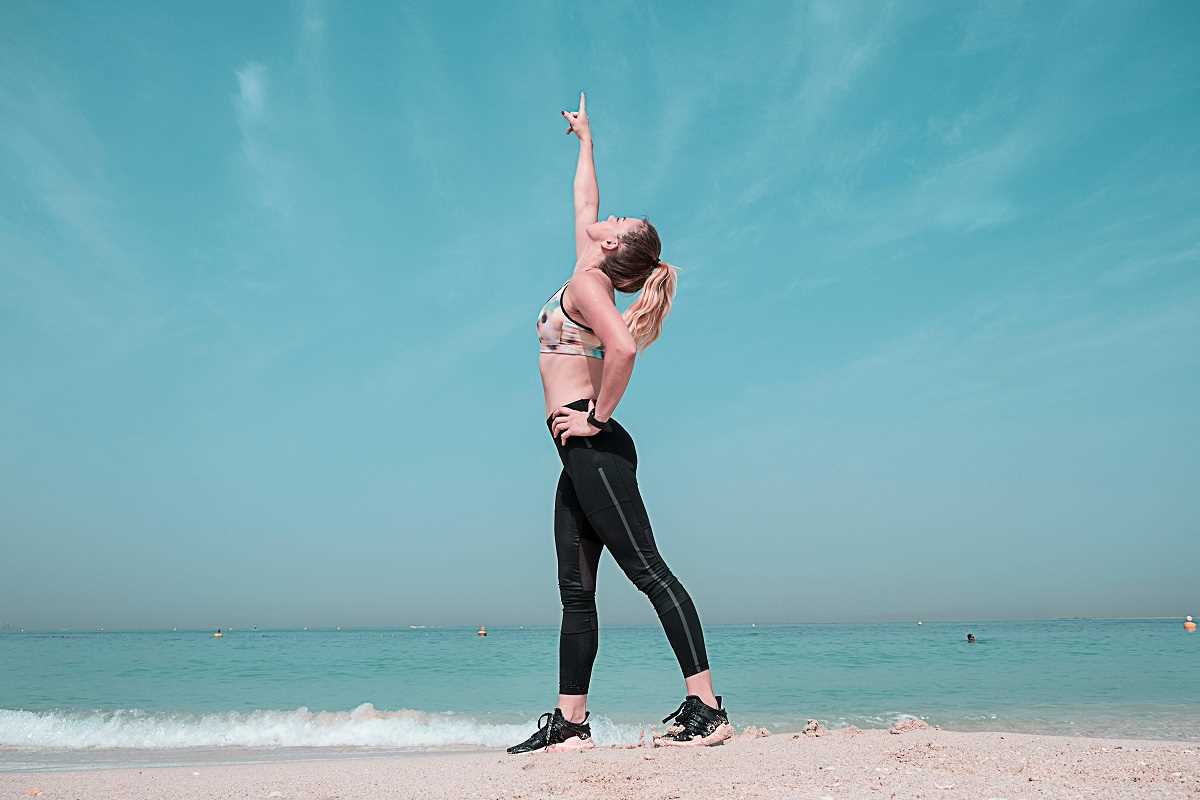When it comes to fitness and overall health, the hips often take a backseat to other body parts like toned arms or strong abs. But did you know that your hips are the key players in virtually every movement you make? Yet, despite their importance, they’re often overlooked in most people’s fitness routines. If you’ve experienced stiffness, discomfort, or limited range of motion, it’s probably time to give your hips the attention they deserve.
This guide will walk you through everything you need to know about hip mobility and flexibility, including why it matters, how to pinpoint issues, and the best ways to build healthier, more flexible hips. Whether you’re getting into fitness for the first time or just looking to move more freely, you’ll find helpful tips here.
Why Focus on Hip Mobility?
The hips are one of your body’s largest and most critical joints. They’re ball-and-socket joints, which means they have a wide range of motion. This allows you to walk, squat, bend, climb stairs, and even dance without a second thought. Healthy, mobile hips are essential for basic movements, but they also affect your posture, balance, and even back health. That’s right—even lower back pain can sometimes be traced back to tight or immobile hips.
When your hips lack mobility, other parts of your body overcompensate, leading to strain on your knees, lower back, and even your ankles. This imbalance can result in discomfort, injuries, and, over time, chronic issues. For middle-aged women balancing work, family, and fitness goals, hip mobility exercises can prevent these challenges and help you stay active and pain-free for years to come.
Flexibility vs. Mobility—What’s the Difference?
These two terms are often used interchangeably, but they’re not quite the same. Flexibility is your muscles’ ability to stretch. For instance, being able to touch your toes is a sign that your hamstrings are flexible. Mobility, on the other hand, is your body’s ability to move through its intended range of motion with control. Good hip mobility means the joint can move freely and smoothly without stiffness or pain.
Think of it this way: You might have flexible hip muscles, but if the joint itself has limited mobility, your movements will still feel restricted. Both flexibility and mobility are important, and they often go hand-in-hand.
Signs of Tight or Immobile Hips
How do you know if your hips are begging for some TLC? Pay attention to your body. Here are some common signs that indicate your hips might need work:
- Lower Back Pain: Tight hips often put stress on the lower back.
- Knee Discomfort: Limited hip mobility can force your knees to pick up the slack during activities like walking or climbing stairs.
- Poor Posture: Rounded shoulders or a forward-tilted pelvis can signal tight hip flexors.
- Difficulty Squatting: If you struggle to squat or your knees cave inward, it may be due to immobile hips.
- Stiffness After Sitting: If you feel tight or creaky after sitting for a while, your hips could be the culprit.
Benefits of Hip Mobility and Flexibility Training
Whether you’re a weekend gardening enthusiast or someone working towards better fitness, spending just a little time on hip exercises can transform how you move and feel. Here are some of the rewards you can expect:
- Better Posture: Loosen up those hip flexors and see how standing tall comes more naturally.
- Reduced Risk of Pain or Injury: Lower back pain? Achy knees? Improved hip mobility can help alleviate and prevent these issues.
- Easier Everyday Movement: Want to sit cross-legged comfortably? Or squat to pick something up without straining? These tasks become much easier when your hips are more mobile.
- More Effective Workouts: If you enjoy activities like yoga, Pilates, dancing, or weightlifting, having mobile hips will improve your performance significantly.
Essential Stretches for Hip Flexibility
Before we get into enhancing your hip mobility, it’s essential to loosen up the muscles around the joint. Try incorporating these stretches into your routine a few times a week.
1. Seated Butterfly Stretch
- How to Do It: Sit with your feet together, letting your knees drop outward like butterfly wings. Gently press your knees toward the ground for a deeper stretch.
- What It Targets: Inner thighs and hip flexors.
- Tips: Keep your back straight to avoid unnecessary pressure on your spine.
2. Lying Figure-Four Stretch
- How to Do It: Lie on your back, bend both knees, and cross one ankle over the opposite knee. Pull the uncrossed leg toward your chest to stretch your hip.
- What It Targets: Hip rotators and glutes.
- Tips: Avoid straining your neck by keeping your head flat on the ground.
3. Low Lunge Stretch
- How to Do It: Step into a lunge position, dropping the back knee to the ground. Shift your weight slightly forward to feel a stretch in the front of the hip.
- What It Targets: Hip flexors and quads.
- Tips: Keep your chest lifted while stretching to avoid rounding your back.
Strength and Mobility Exercises
The key to long-lasting results isn’t just stretching. Strength-building and mobility exercises help keep the joint healthy and balanced.
1. Hip Circles
- How to Do It: Stand on one leg (hold on to a chair if you need balance) and make small circles with the lifted leg. Gradually increase the size of the circles.
- What It Targets: Hip joint mobility.
- Tips: Keep your core engaged for added stability.
2. Glute Bridges
- How to Do It: Lie on your back with knees bent and feet flat. Lift your hips toward the ceiling, squeezing your glutes at the top. Lower down slowly.
- What It Targets: Glutes and hamstrings, while also opening up the hip flexors.
- Tips: Avoid arching your lower back by keeping your core engaged.
3. Couch Stretch
- How to Do It: Place your back foot on the seat of a couch (or a chair) and your front foot flat on the floor in a lunge position. Lean gently into the stretch.
- What It Targets: Hip flexors and quadriceps.
- Tips: Start slowly if this feels intense.
4. Frog Stretch
- How to Do It: Start on all fours and slowly spread your knees apart, keeping your feet in line with your knees and your toes pointed outward. Lower yourself onto your forearms to deepen the stretch.
- What It Targets: Inner thighs and hips.
- Tips: Stay relaxed and control your breathing to avoid too much strain.
How Often Should You Train?
Consistency is key, but you don’t need to spend hours every day improving your hip mobility. Commit to 10 to 15 minutes of stretching and exercises 3–4 times per week, and you’ll notice a difference in just a few weeks.
If you’re just starting, go slow. It’s better to focus on quality movements rather than quantity or intensity. Pay attention to how your body feels, and remember that progress takes time.
Build Hips That Move with Ease
Working on your hip mobility and flexibility isn’t just about reducing pain or improving workouts; it’s about enhancing your quality of life. Imagine moving through your day with less stiffness and more ease, whether you’re getting down on the floor to play with the grandkids or trying a fun new workout class with friends.
Give these exercises and stretches a try, and remember to be patient and consistent. Your hips will thank you in ways you might not even expect.
Looking for more personalized guidance? Reach out to a certified trainer or physical therapist to help tailor a plan specifically for your body and goals. Your healthiest and happiest self is just a few good stretches away!
